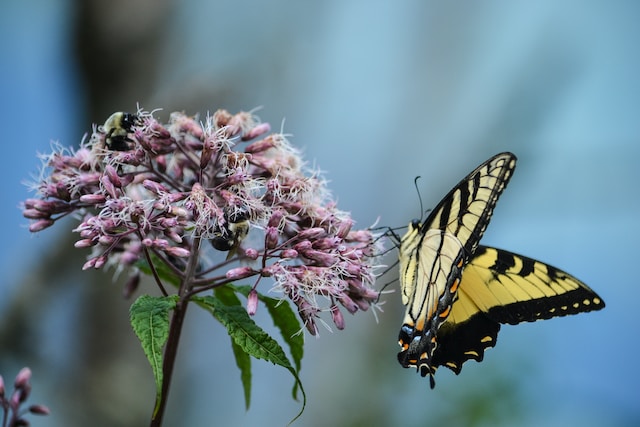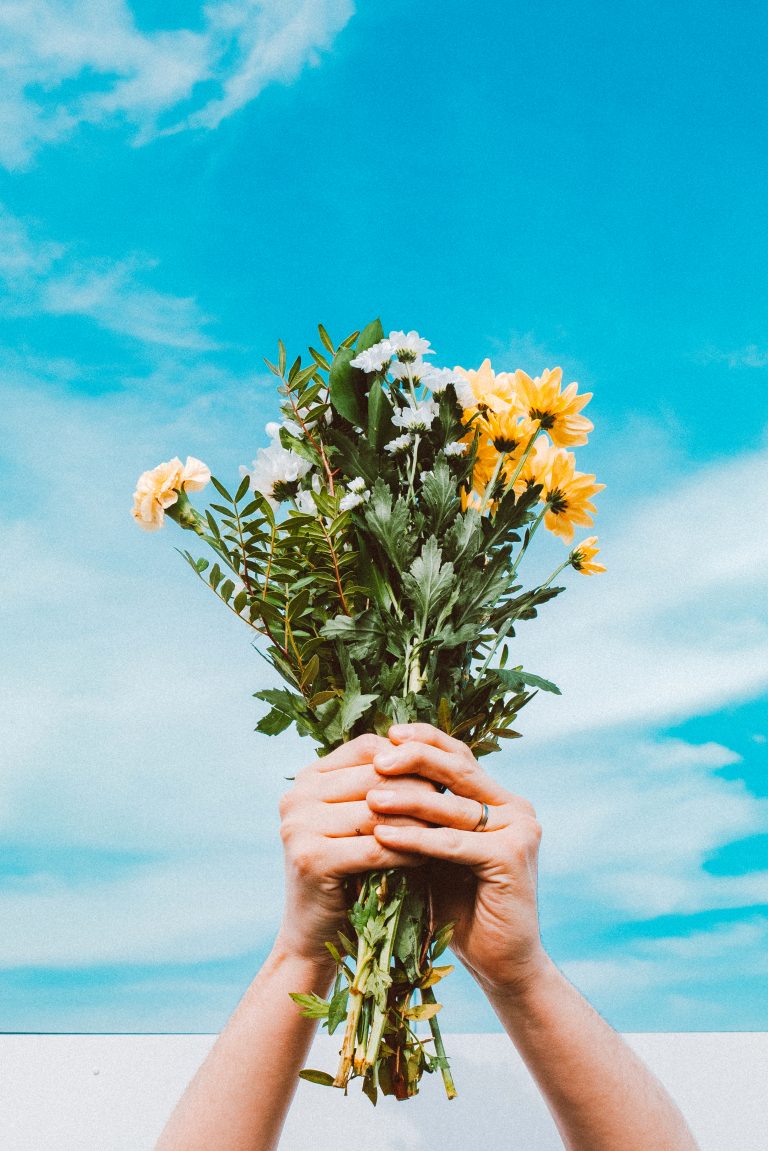Pollinators are important to your garden. If you want a sustainable garden, then you’ll want to find ways to naturally attract pollinators. And if you want a frugal garden, then you’ll need to figure out how to do so cheaply. Luckily, there are a lot of options for you to do so. What Are Pollinators?…
pollinators
4 Reasons to Grow Flowers in Your Garden
Cut flowers in the garden are the height of luxury. I used to think flowers were pointless. When I was younger, I didn’t find them particularly romantic, and when I began gardening, I thought of them as wasted space. Now I know better. There are plenty of reasons to grow flowers in your garden….

